GBP Services & Products Setup for General Contractors
GBP Services & Products Setup for General Contractors
Make your Google profile read like a clear scope sheet—so the right homeowners and facility managers call you first.
Introduction
GBP Services & Products Setup for General Contractors turns a bare listing into a conversion‑ready catalog. You’ll choose the right category, publish a compliant service list, build product cards that pre‑sell, and pair everything with photo proof, posts, and tracking—so your calls and estimate bookings rise without gimmicks.
Compliance: Use your legal business name, avoid keyword stuffing, show only real work, and obtain permission for any identifiable people or properties. Educational content—not legal advice.
Expanded Table of Contents
- 1) Why “GBP Services & Products Setup for General Contractors” Works
- 2) Categories: Primary & Secondary (What to Pick)
- 3) Services: Naming, Grouping, and Order
- 4) Products: Packaged Offers that Convert
- 5) Naming Rules: Clear, Compliant, Clickable
- 6) Photos: Proof Sets for Each Service
- 7) Posts: ‘Just Completed in {City}’ Templates
- 8) Q&A: Seed Real Questions, Publish Clean Answers
- 9) Messages & Booking: SLAs, CTAs, and Calendars
- 10) Service Area: Cities, ZIPs, and Radius
- 11) UTMs, Call Tracking & CRM Tags
- 12) Review Prompts for City + Scope Mentions
- 13) Insights & KPIs Dashboard
- 14) 30–60–90 Day Rollout Plan
- 15) Troubleshooting & Optimization
- 16) 25 Frequently Asked Questions
- 17) 25 Extra Keywords
1) Why “GBP Services & Products Setup for General Contractors” Works
- Relevance: Clear services and products match searcher intent (“kitchen remodel,” “tenant improvement,” “deck builder”).
- Proof: Photo sets and Posts replace guesswork with unmistakable craftsmanship.
- Momentum: Services → Products → Post → Message → Estimate is a frictionless path.
2) Categories: Primary & Secondary (What to Pick)
Choose one accurate primary category, then add only relevant secondary categories tied to real scopes.
| Focus | Primary Category (example) | Possible Secondary |
|---|---|---|
| Residential remodeler | General contractor | Kitchen remodeler; Bathroom remodeler; Deck builder; Basement remodeler |
| ADU/additions | General contractor | Home builder; Construction company |
| Commercial TI | General contractor | Construction company; Office fit‑out (use an accurate available category) |
3) Services: Naming, Grouping, and Order
List what you actually do. Keep names plain, capitalized, and scope‑true. Group by Residential/Commercial if both apply.
| Group | Core Services (examples) | Landing Page/CTA |
|---|---|---|
| Residential | Kitchen remodeling; Bathroom remodeling; Home additions; ADU/garage conversion; Basement finishing; Deck & porch construction; Window & siding replacement | Estimate call • On‑site walkthrough |
| Commercial | Tenant improvement (TI); Office build‑out; Light industrial fit‑out; Retail remodel; Restaurant build‑out | Project discovery call • RFP upload |
| Structural/Exterior | Framing; Roofing coordination; Concrete/flatwork; Foundation repairs | Site assessment request |
Order services by demand. Top four should match your most profitable scopes.
4) Products: Packaged Offers that Convert
Create visual Product cards that pre‑sell the first step or a common package. Each card needs: photo, plain name, short benefit, and a link with UTMs.
| Product Card | Photo Pair | CTA/Link |
|---|---|---|
| Kitchen Remodel Discovery Visit | Finished kitchen + detail (tile/trim) | Book 20‑min estimate call |
| Bathroom Refresh Package | Before/after vanity & tile | See scope & timeline |
| ADU Feasibility Study | Exterior ADU + plan snippet (cropped) | Check zoning & budget fit |
| Commercial TI Walkthrough | Neutral office interior | Schedule site visit |
UTM example: ?utm_source=gbp&utm_medium=product&utm_campaign=gc_{city}_kitchen_discovery
5) Naming Rules: Clear, Compliant, Clickable
- No emojis or ALL CAPS.
- Avoid superlatives (“best,” “#1”).
- Describe the scope, not just features: “Home addition design‑build”.
- Optional: add city in caption or landing page, not in the business name.
6) Photos: Proof Sets for Each Service
| Angle | Tip | Why it Converts |
|---|---|---|
| Wide finished room/facade | Level horizon; declutter | Shows outcome at a glance |
| Detail close‑up | Joinery, tile lines, fixtures | Signals craftsmanship |
| Before/after pair | Same vantage point | Tells transformation story |
| Clean jobsite wrap | No faces/addresses | Professionalism & safety |
7) Posts: ‘Just Completed in {City}’ Templates
Template
Just completed in {City}: {Scope}. On time and on budget. See photos and book a 20‑min estimate call.
Post twice monthly per major service. Include 3–4 photos and a button linking to your discovery page.
8) Q&A: Seed Real Questions, Publish Clean Answers
- “Do you handle permits for {City}?” → Yes; outline process and timelines.
- “What’s a typical kitchen remodel timeline?” → Give a realistic range with milestones.
- “Do you work weekends?” → Clarify scheduling and noise rules.
9) Messages & Booking: SLAs, CTAs, and Calendars
- Enable Messages with ≤10‑minute reply goal.
- Autoresponder: hours, phone, and link to estimate calendar.
- Offer two time options in replies to speed scheduling.
Calendar UTM: utm_source=gbp&utm_medium=messages&utm_campaign=estimate_booking
10) Service Area: Cities, ZIPs, and Radius
List cities or ZIPs you truly serve. Keep travel realistic for site visits, inspections, and warranty work.
11) UTMs, Call Tracking & CRM Tags
- Use UTMs on every link (Products, Posts, Website).
- Optional: tracking phone line for GBP calls.
- CRM tags: source=gbp, service=kitchen|bath|adu|ti, city={city}.
12) Review Prompts for City + Scope Mentions
On‑site ask at handover, then same‑day SMS with direct review link. Suggest (not script) mentioning city and project type.
13) Insights & KPIs Dashboard
Calls/Messages from GBP
+30–60%
Estimate Bookings
+20–40%
Photo Views
+80–200%
Reviews with City/Scope
≥ 60%
14) 30–60–90 Day Rollout Plan
Days 1–30 (Foundation)
- Confirm categories; publish 15 services.
- Create 6 product cards with photos and UTMs.
- Enable Messages; add autoresponder; set SLA.
Days 31–60 (Momentum)
- Post 4 “Just Completed in {City}” updates.
- Add Q&A; build two city‑specific landing pages.
- Launch review prompts at handover + SMS.
Days 61–90 (Scale)
- Expand to 10+ product cards by scope.
- Create albums per city/project on your profile.
- Quarterly prune weak photos; promote top sets.
15) Troubleshooting & Optimization
| Symptom | Likely Cause | Fix |
|---|---|---|
| High views, low calls | No CTA or vague products | Add ‘Book estimate’ links and clear first‑step products |
| Low photo views | Stock images or weak angles | Upload real before/after and detail shots weekly |
| Few reviews | No on‑site ask | Train crews; add QR in handover kit; send T+0 SMS |
| Slow replies | No routing/SLA | Set ≤10‑min reply goal; rotate on‑call closer |
16) 25 Frequently Asked Questions
1) What is “GBP Services & Products Setup for General Contractors” in one line?
A practical setup that turns your profile into a clear, proof‑rich catalog that books estimates.
2) Can I list subcontracted scopes?
Yes, if you manage and warranty the work—state that clearly.
3) Should I include brand names?
Only when relevant and permitted; avoid brand misuse.
4) How many photos per service?
At least three: wide, detail, and before/after.
5) Do I need a separate Product for every service?
No—start with first‑step offers that lead to scoping.
6) What’s a good discovery offer?
Free 20‑min estimate call or paid feasibility visit credited to project.
7) Can I use stock photos?
Avoid—real work performs far better.
8) How often should I post updates?
1–2 per week is healthy and sustainable.
9) What about safety/privacy in photos?
Remove addresses, obscure faces unless consented, and keep PPE in order.
10) Do captions need the city?
Yes—mention city/neighborhood naturally.
11) How fast should I answer Messages?
Under 10 minutes during business hours.
12) Do Products show on Maps and Search?
They can—keep them updated and visual.
13) What if a service is seasonal?
Pin it higher during its season; rotate photos accordingly.
14) How do I track GBP revenue?
UTMs + CRM source tags + call recording/notes.
15) Can I add financing info?
Yes—link to terms on your site; be transparent.
16) Are PDFs okay as links?
Prefer web pages for mobile speed and tracking.
17) Should I translate content?
Yes where relevant; match your service area languages.
18) Can I manage multiple regions from one profile?
Only if it’s one business. Otherwise use eligible separate locations.
19) Do albums help?
Yes—organize by city + project type.
20) Is it okay to post in‑progress photos?
Yes—pair with safety and cleanliness notes.
21) What’s a healthy conversion rate?
10–25 estimate bookings per 100 website visits from GBP is strong.
22) Can I ask clients to include city in reviews?
Suggest it politely as helpful context; never script wording.
23) Should I use emojis?
Sparingly or not at all—clarity beats flair.
24) Do Products expire?
They don’t have to—update photos/copy quarterly.
25) First step today?
Publish your top 15 Services and 6 Product cards, then post a “Just Completed in {City}” update.
17) 25 Extra Keywords
- GBP Services & Products Setup for General Contractors
- general contractor google business profile
- contractor services list google
- gbp products contractors
- contractor local seo 2025
- kitchen remodeler gbp setup
- bathroom remodel gbp services
- adu feasibility gbp product
- home addition product card
- commercial ti google profile
- contractor posts just completed
- contractor photo proof google
- service area business setup
- contractor q&a google
- contractor message autoresponder
- estimate booking calendar gbp
- utm tracking contractor google
- contractor crm source tags
- review prompts contractor city
- gbp albums by city
- contractor category selection
- contractor product images
- conversion rate from gbp
- contractor listing compliance
- 90 day contractor gbp plan
GBP Services & Products Setup for General Contractors Read More »



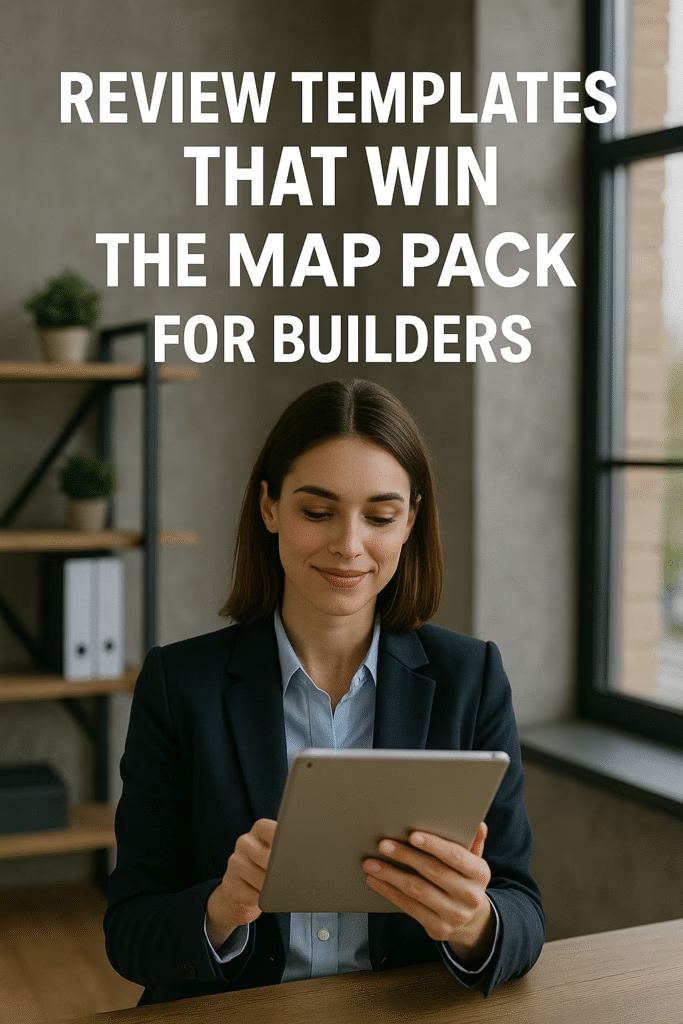


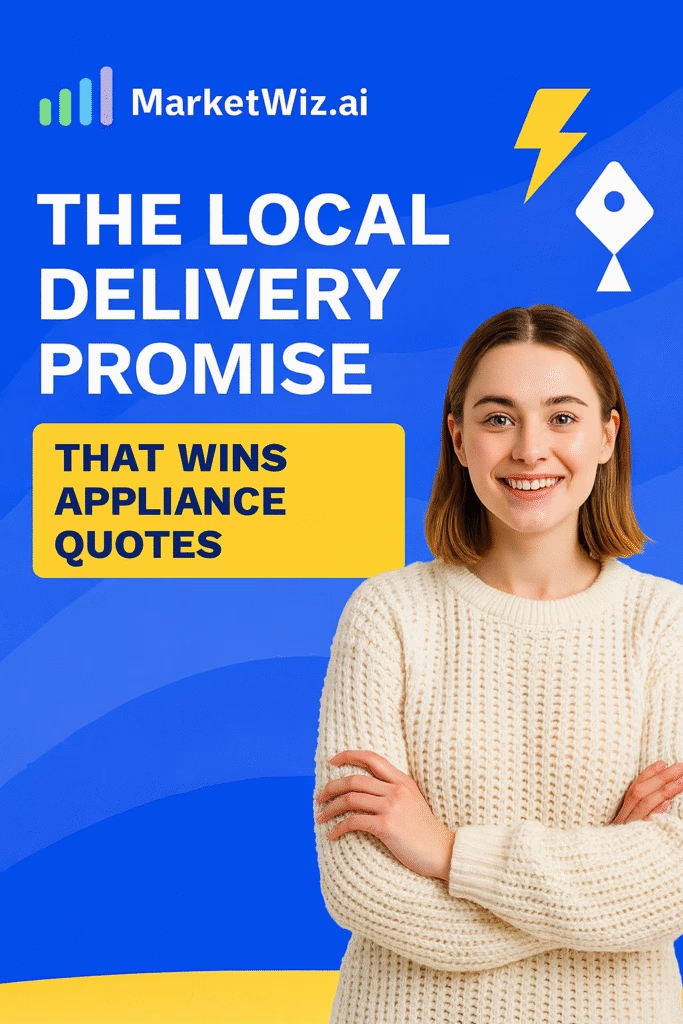
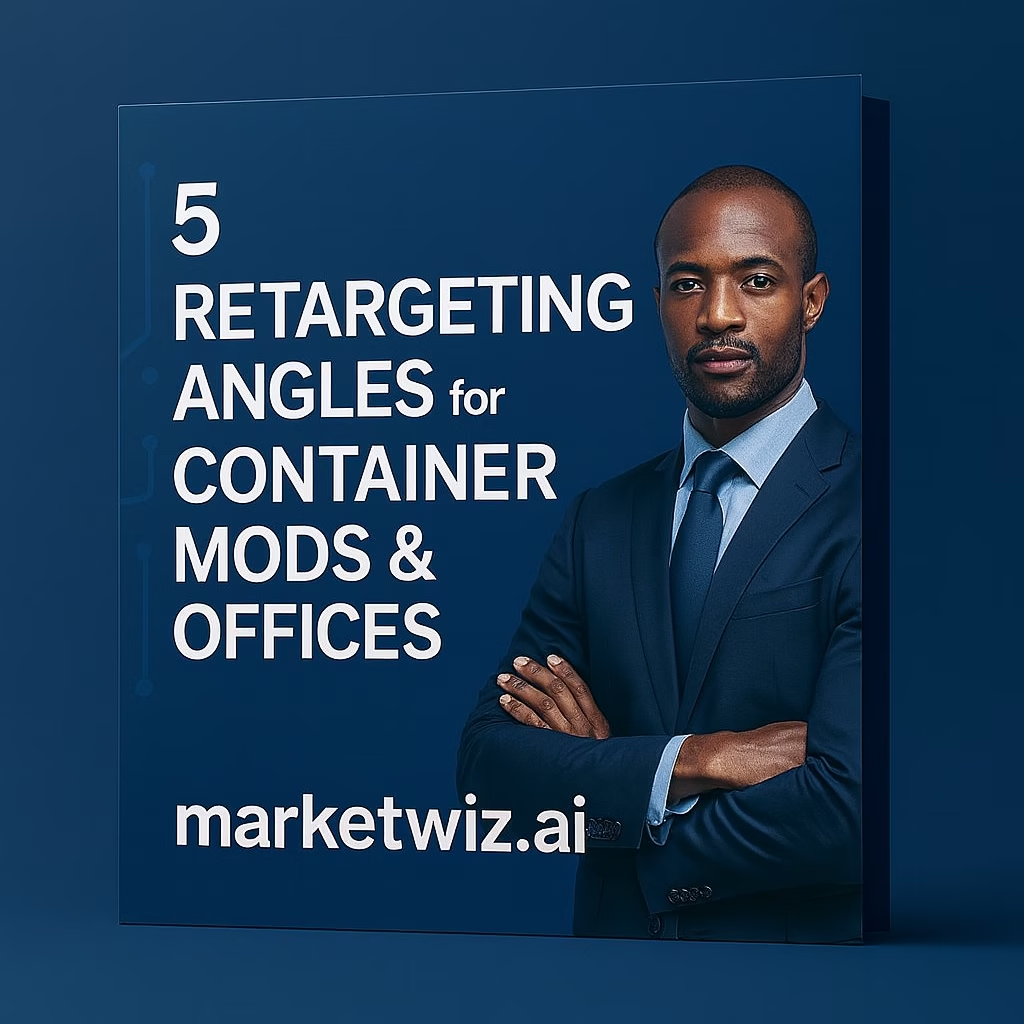


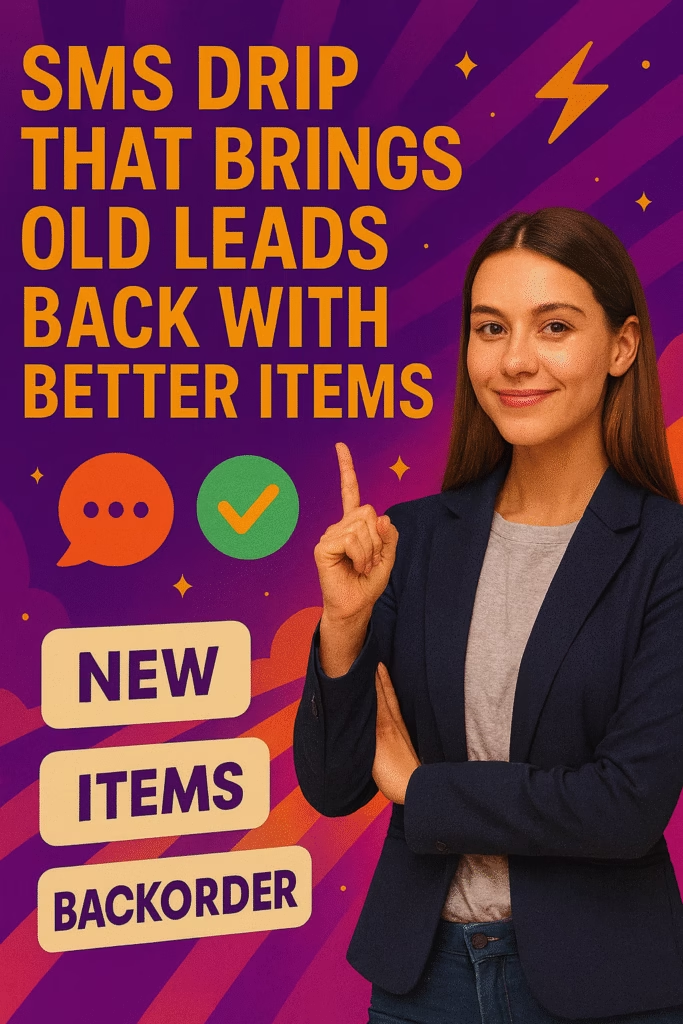
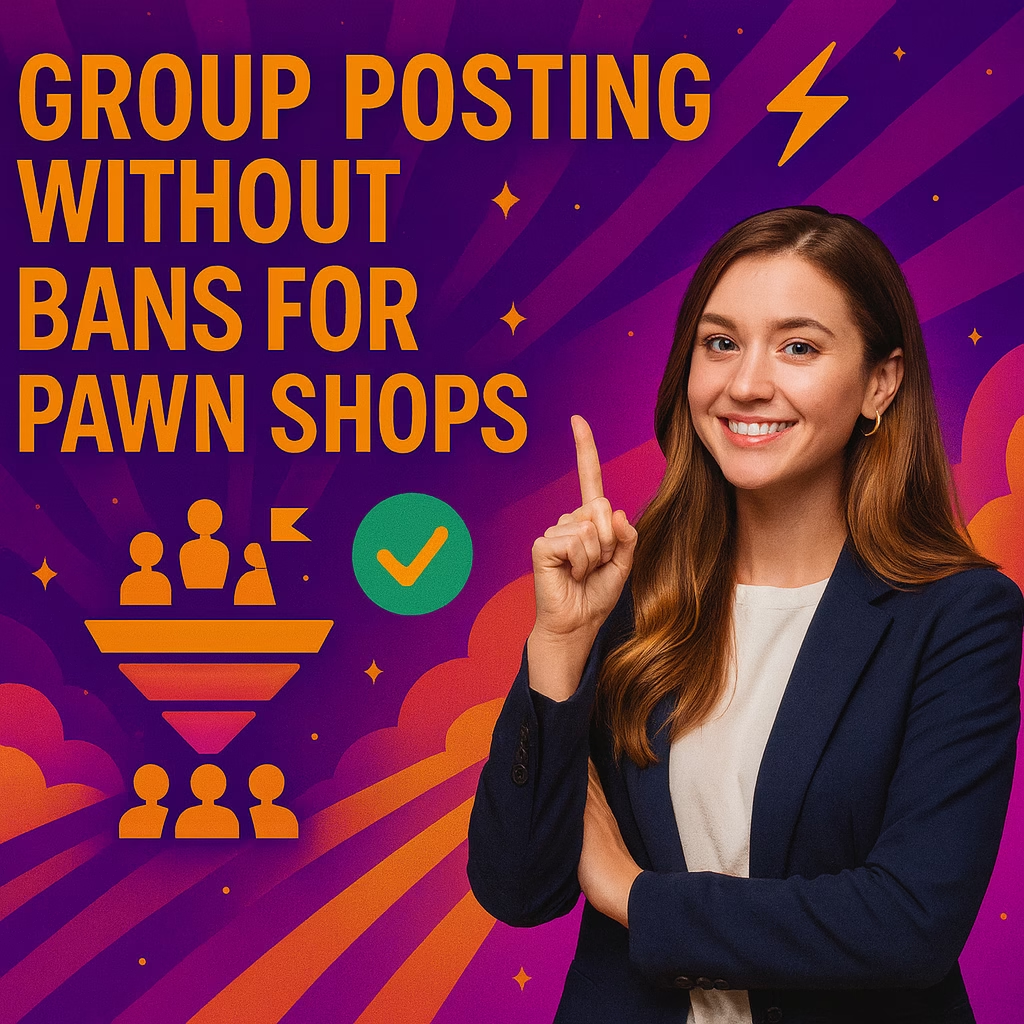
8) Comment Moderation & DM Etiquette